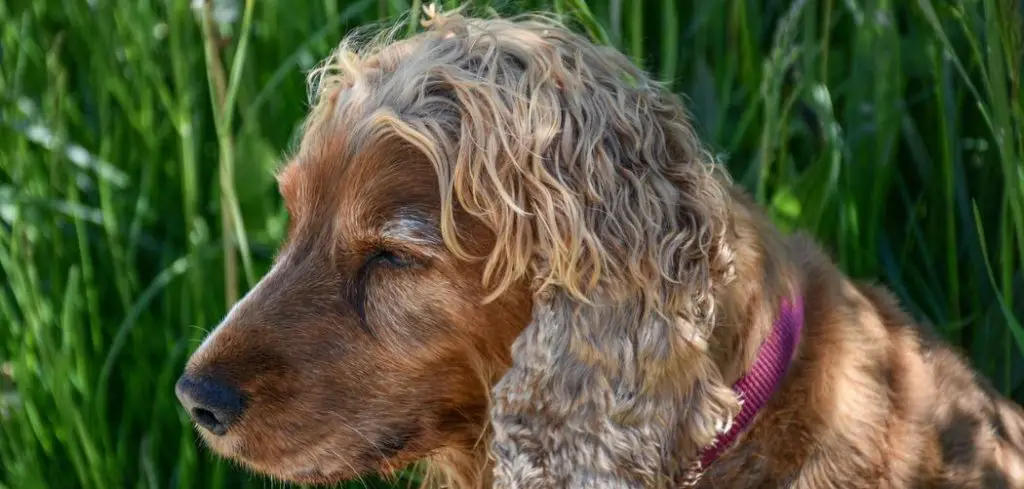If your dog is panting and experiencing episodes of reverse sneezing, it can be unsettling to watch and confusing to interpret. While both symptoms can occur occasionally in healthy dogs, frequent or severe episodes may signal an underlying issue that needs medical attention.
We outline the common causes of dog panting and reverse sneezing, what you can do at home, and when to seek veterinary help.
Dog Panting and Reverse Sneezing — Why It Happens
Panting and reverse sneezing together usually point to a respiratory, allergic, or anatomical issue affecting your dog’s airway. While reverse sneezing alone is often harmless, persistent panting in conjunction with it may reflect irritation, discomfort, or difficulty breathing.

Common Causes of Dog Panting and Reverse Sneezing
Allergies or Environmental Irritants
Dust, pollen, smoke, or household cleaners can trigger both panting and reverse sneezing.
Allergens may inflame the nasal passages and throat, causing spasms that result in reverse sneezing.
Panting may occur as a secondary reaction to airway irritation or due to mild respiratory distress.
Look for additional signs like eye discharge, sneezing, or itching.
Allergy management may include antihistamines, air purifiers, or avoiding known triggers.
Upper Respiratory Infection
Bacterial or viral infections can cause inflammation in the nose and throat, resulting in increased mucus, coughing, and reverse sneezing.
Panting may occur due to fever or breathing discomfort.
Common signs include nasal discharge, lethargy, and a decrease in appetite.
Treatment typically involves antibiotics, rest, and fluids, depending on the cause.
Keep your dog warm and ensure they stay hydrated during recovery.
Read more: Dog Panting and Breathing Fast (Here’s why)
Tracheal Irritation or Collapse
Smaller dog breeds are especially prone to tracheal collapse, a condition where the windpipe narrows during inhalation.
This can cause a characteristic honking cough, reverse sneezing episodes, and panting due to airway obstruction.
Affected dogs may also gag, struggle on walks, or resist wearing a collar.
Management involves weight control, harness use, cough suppressants, and sometimes surgery in severe cases.
Nasal Mites or Foreign Objects
Parasites or foreign bodies lodged in the nasal cavity can cause irritation leading to reverse sneezing and panting.
Dogs may paw at their face, sneeze excessively, or act agitated.
Panting could be due to stress or discomfort.
Nasal endoscopy or flushing may be necessary to remove the cause.
If left untreated, chronic nasal inflammation can develop.
Excitement or Overstimulation
Some dogs reverse sneeze when they’re excited, anxious, or overly stimulated.
Panting often accompanies this state as a natural physiological response.
While not dangerous, repeated episodes can indicate heightened sensitivity to triggers like visitors, walks, or loud noises.
Desensitization training, calming supplements, or modifying routines can help reduce frequency.
What to Do If Your Dog Is Panting and Reverse Sneezing
Stay calm—reverse sneezing looks dramatic but is usually brief and non-harmful.
You can gently massage your dog’s throat or briefly cover their nostrils to encourage swallowing and stop the spasm.
Provide a cool, calm space to help ease panting, especially if heat or stress is a factor.
Track the frequency of episodes and any new environmental changes.
Avoid exposure to smoke, perfumes, or dust if you suspect allergies.
When to Call or Visit Your Vet
Contact your vet if your dog:
Has frequent or prolonged reverse sneezing episodes
Pants excessively while resting
Shows signs of nasal discharge, coughing, or labored breathing
Becomes lethargic or stops eating
Has a known history of airway disease or allergies
Persistent symptoms could indicate infection, inflammation, or anatomical issues needing treatment.
Read more: Dog panting and restless at night (What it means)
Key Takeaway
Reverse sneezing and panting in dogs may seem scary, but they’re often manageable with the right care and attention.
Observe your dog’s environment, behavior, and symptom patterns to identify possible triggers.
When in doubt, consult your vet to rule out anything serious and ensure your dog breathes comfortably again.
